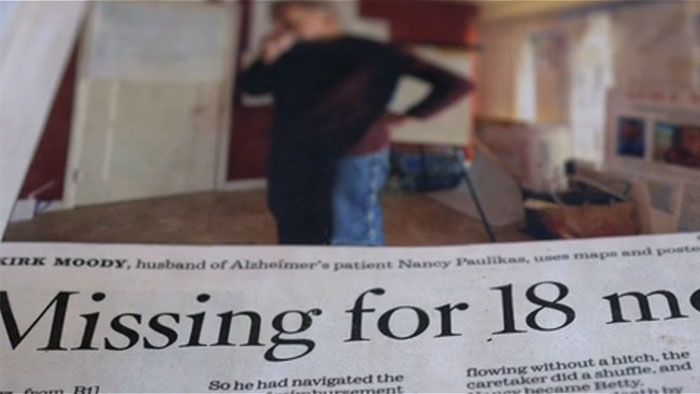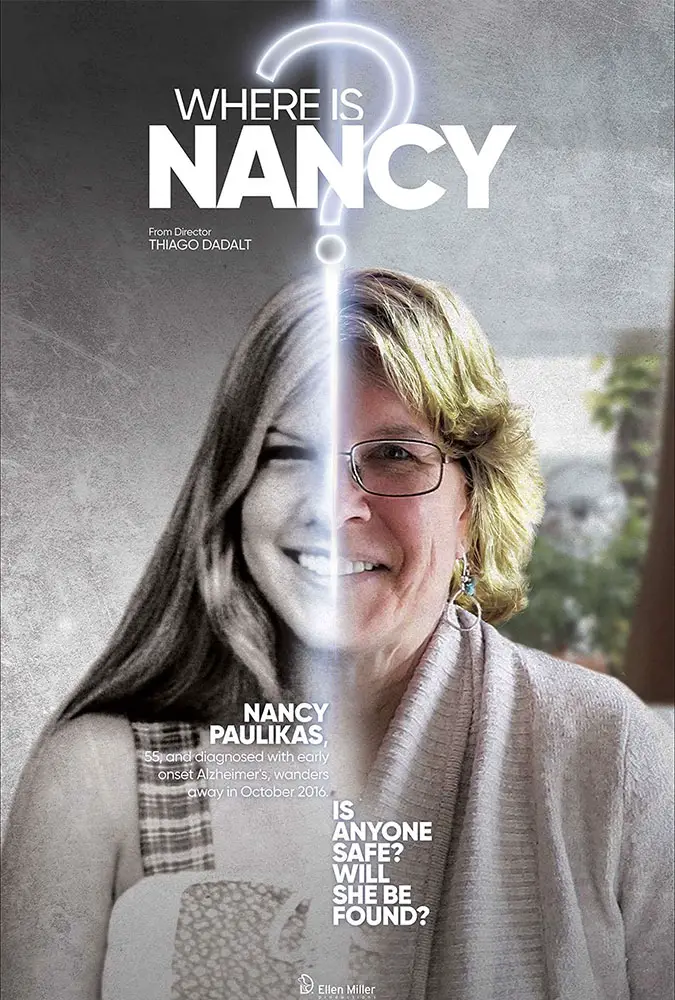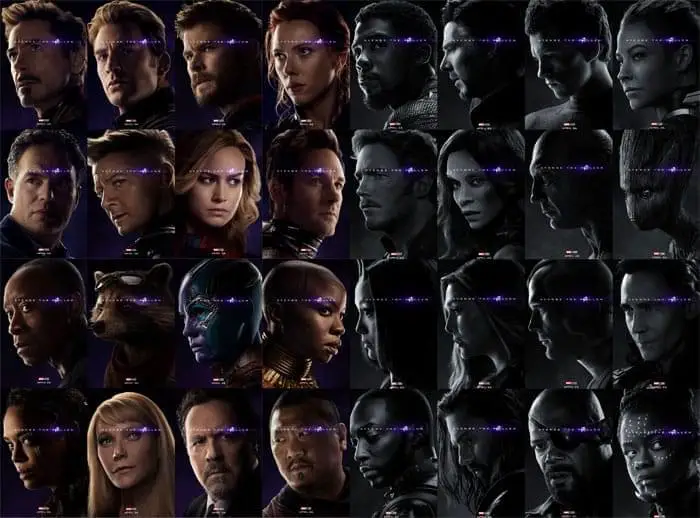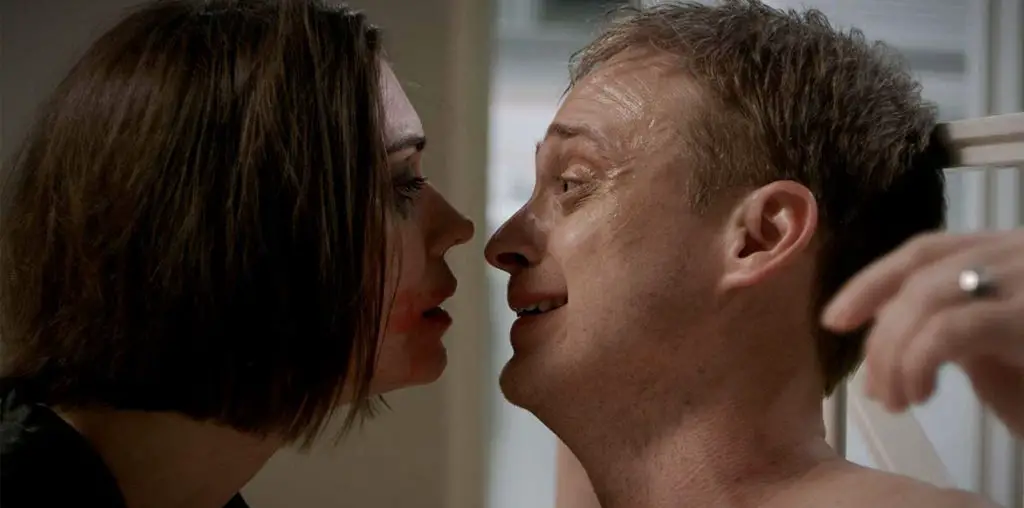
Two things that excite me about documentaries are learning about something new and advancement in human innovation and compassion. Now, enough with the mushy feel-good talk, from Thiago Dadalt comes his documentary, Where is Nancy? While there are countless documentaries about Alzheimer’s and its effects on patient and family, Dadlt takes on the subject from a different angle.
The Nancy in Where is Nancy? is Nancy Paulikas, who at age 55 was diagnosed with early-onset Alzheimer’s disease. While a devasting diagnosis for Nancy, her husband, and a large contingent of family and friends, Nancy’s story has to do with a fateful trip to the museums along L.A.’s Miracle Mile.
After of full day of sightseeing, Nancy, already suffering from Alzheimer’s, takes a moment to use the museum’s facilities. Her husband takes a moment for himself as well, and when he returned to fetch her, she was missing. In fact, Nancy just wandered off. With the help of law enforcement, surveillance cameras caught Nancy briskly walking for several miles away from the museum until she disappeared for good.

“…cameras caught Nancy briskly walking for several miles away from the museum until she disappeared for good.”
Where is Nancy? starts about a year after her disappearance and documents the search for her. Dadalt interviews Manhattan Beach police, an off-duty officer who volunteered his time and expertise, Nancy’s husband, parents, and dozens of compassionate souls who helped look for her.
In the second act, the documentary goes down a very familiar documentary path, giving us a detailed explanation of Alzheimer’s disease, the growing numbers of patients, and a pretty extensive history and accomplishments of this amazing person in Nancy Paulikas.
It’s the third act, where lemon become lemonade. Two years after Nancy’s disappearance, her story turned into a solution as L.A. County instituted the LA Found program. It essentially equips patients with Alzheimer’s and who are prone to wander with a bracelet inserted with a small radio transmitter. Once a patient wanders, law enforcement can quickly locate the patient using air support and a few officers on the ground. Once their radio signal is detected, they can be found with 100% certainty.
As far as a documentary goes, Where is Nancy? is fairly straightforward in its presentation. It uses talking-head interviews and testimonials, some action videos of family driving around L.A. and visiting various nursing homes in the area that may have a “Jane Doe” that fits her description. There’s nothing spectacular about the style of documentary filmmaking. It’s biggest message comes from raising awareness about how easy it is to lose someone with Alzheimer’s and the program that can find them, which is currently being tested in L.A. and could soon make its way across the nation.

"…lemon become lemonade. Two years after...her story turned into a solution..."


